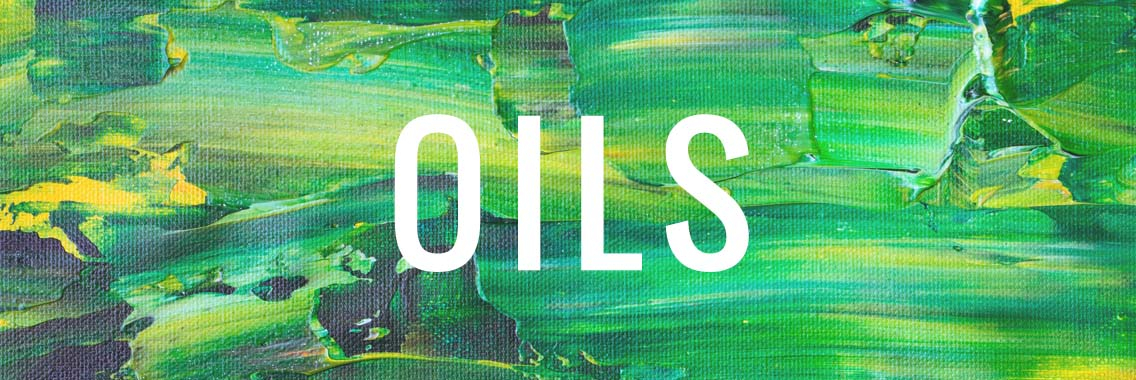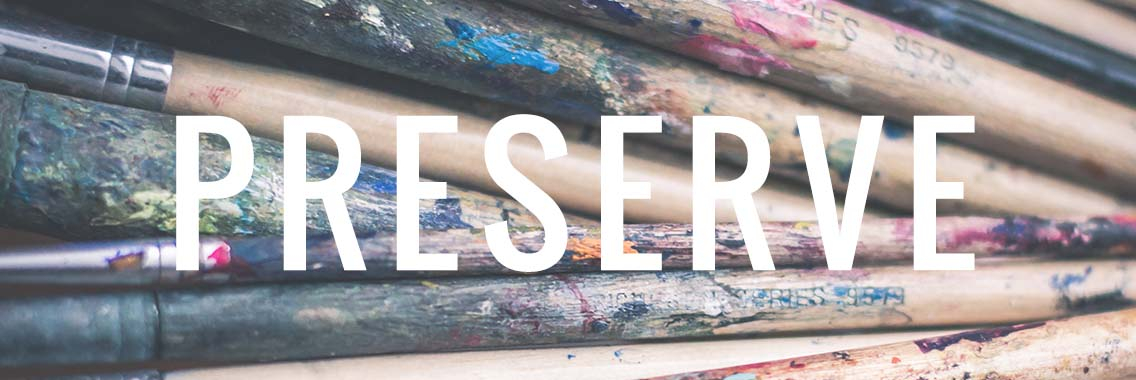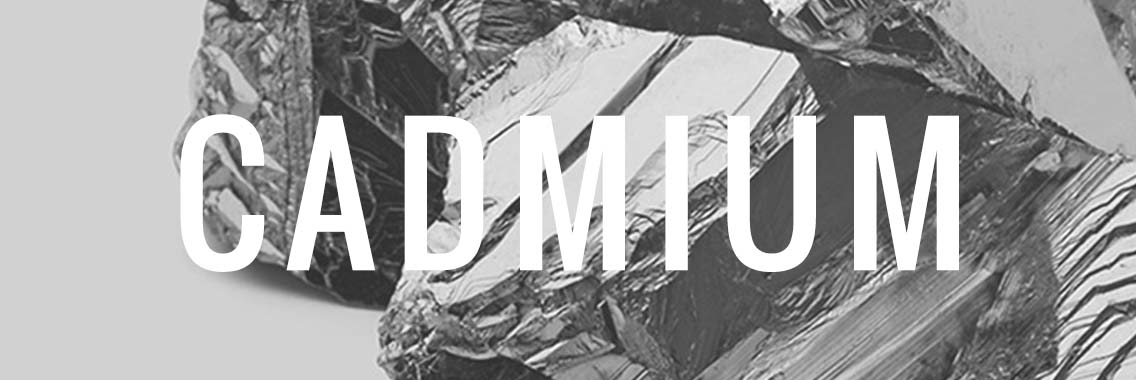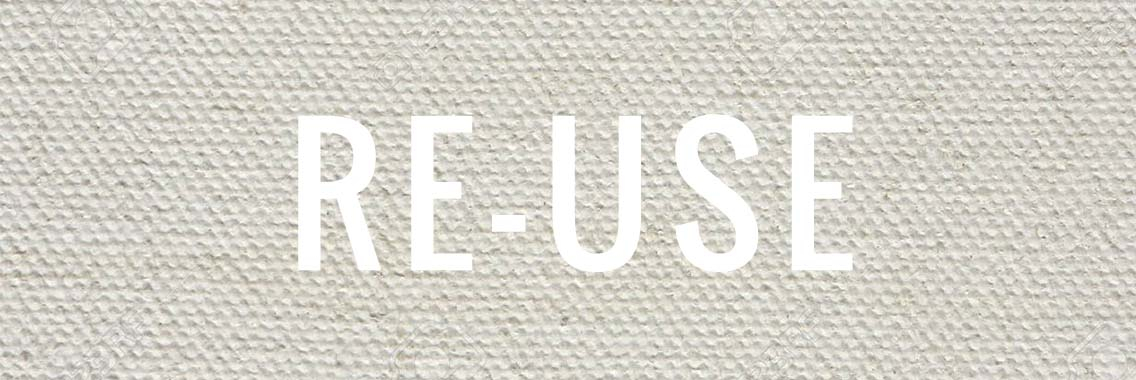- 16/09/2019
Environmental Awareness
The Art Shop Skipton is going greener!
Environmental concern is big news right now, and we are all trying to do our bit to help the planet in our day-to-day lives. But as an artist, you may also need to stop and think about the products you use and how you use them.
This might seem daunting and so to help, The Art Shop Skipton is going greener!
Over the next few months we’ll be adding many more environmentally friendly ranges - keep checking back for products that will make life easy for the eco-friendly artist.
In support of the global Climate Strike event on the 20thSeptember, we will also be hosting a pop-up clinic in store on the 21stSeptember. Here we will be on-hand to answer any questions or to offer advice on the best practices for guilt-free creativity.
Here are a few simple tips to start with. . .

Oil colour is a unique and beautiful medium to work with and provides long lasting results, but unfortunately it can be toxic and damaging to the environment. Consider using watercolours or water-mixable oils in your drafts and studies and switch to non-toxic mediums, thinners and cleaners when using oils.

Think about what is going down your drain … plan ahead and use only as much colour as you need on your palette. Remember, acrylic paint contains plastic, and this is not dissolved in water even though it appears much thinner when diluted. Before washing, wipe excess paint from your palettes and brushes with an old rag cloth (and keep aside to re-use).

To reduce waste use paint saver keys and pencil extenders - and always look after your brushes! Use a concentrated brush cleaner such as The Masters Brush Cleaner & Preserver to revive old brushes and keep them healthier for longer.

Although it provides beautiful colours, Cadmium is toxic to plants, animals and micro-organisms and cannot be broken down. Try to use a little less Cadmium or why not try Cadmium-free colours such as Winsor & Newton’s Cadmium-Free ranges in Watercolour and Gouache.

Re-use old canvas, canvas panels or wooden boards by applying a couple of layers of gesso. Gesso can even cover heavy layers of dried paint.

If you have unwanted materials do not throw them away. There are many charities, organisations and schools that will happily accept unwanted art supplies, even if used. Research local organisations that might benefit from art supply donations.
 Same Day Dispatch Mon-Fri Before 2PM
Same Day Dispatch Mon-Fri Before 2PM

 Free UK Delivery on Orders Over £50
Free UK Delivery on Orders Over £50

